Deck & Commander Strategies

Jegantha, the Wellspring
Five-color spellslinger focused on casting and copying powerful instants and sorceries, using Thousand-Year Storm to generate explosive turns and overwhelm opponents.

Marath, Will of the Wild
Green-red +1/+1 counter and token synergy deck that pings opponents and their creatures while growing its own board presence to win through incremental combat damage.
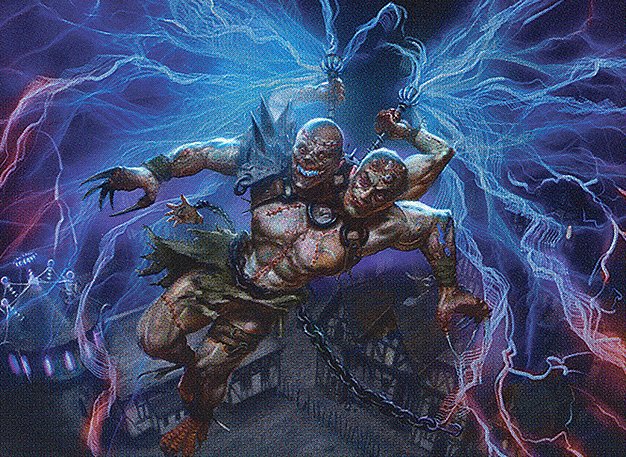
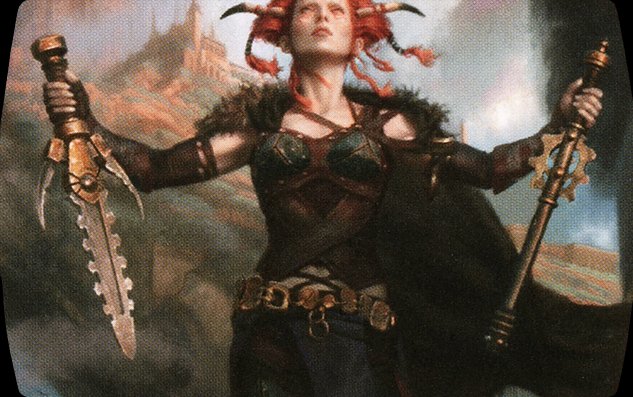
Kraum, Ludevic's Opus // Jeska, Thrice Reborn
Red-blue aggressive deck combining Kraum's card draw on multiple spells with Jeska's triple strike damage output to finish games quickly through combat.
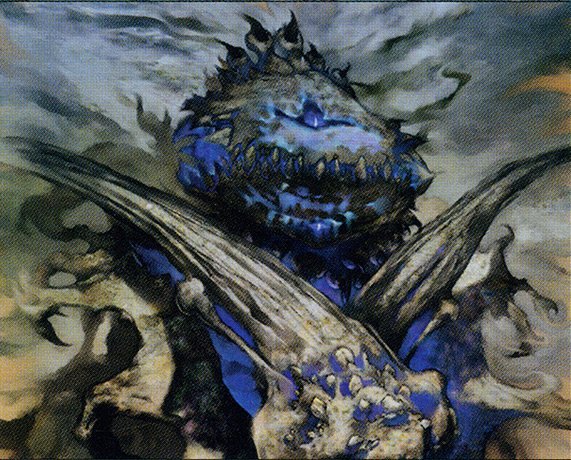
Mistform Ultimus
Monoblue tribal deck leveraging Mistform Ultimus's unique all-creature-type nature to maximize tribal synergies and control the board with evasive creatures.

Jeska, Thrice Reborn
Aggressive red-based damage dealer with triple strike, aiming to leverage haste and high-risk, high-reward combat to eliminate opponents swiftly.
Gameplay Insights
- 1
The spellslinger deck prioritized assembling Thousand-Year Storm early to capitalize on spell copying for explosive card advantage and damage output.
- 2
Kraum's draw ability on opponents casting a second spell each turn helped maintain aggressive tempo and hand advantage in a multi-spell environment.
- 3
Marath's ability to distribute +1/+1 counters and ping creatures allowed for incremental control and damage, pressuring opponents steadily.
- 4
Mistform Ultimus's unique tribal nature allowed it to synergize with multiple tribal cards and adapt flexibly to different creature types on the board.
- 5
Players used mana ramp and landfall triggers early to accelerate into midgame threats and combo pieces, critical for setting up their primary win conditions.
Notable Cards
-
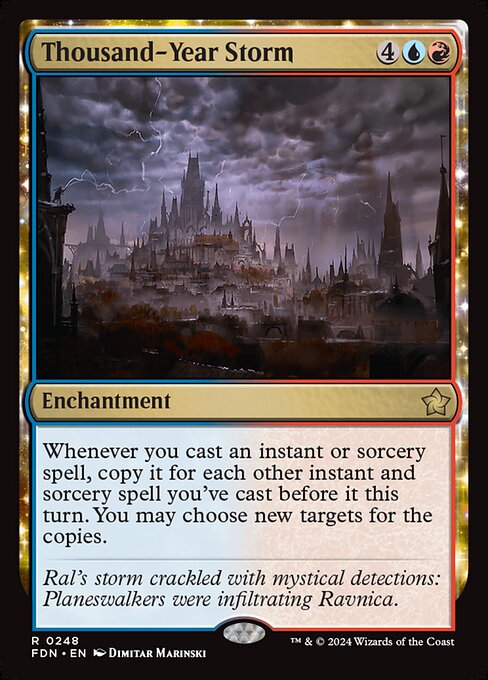
Thousand-Year Storm
-

Kraum, Ludevic's Opus
-

Jeska, Thrice Reborn
-

Mistform Ultimus
-
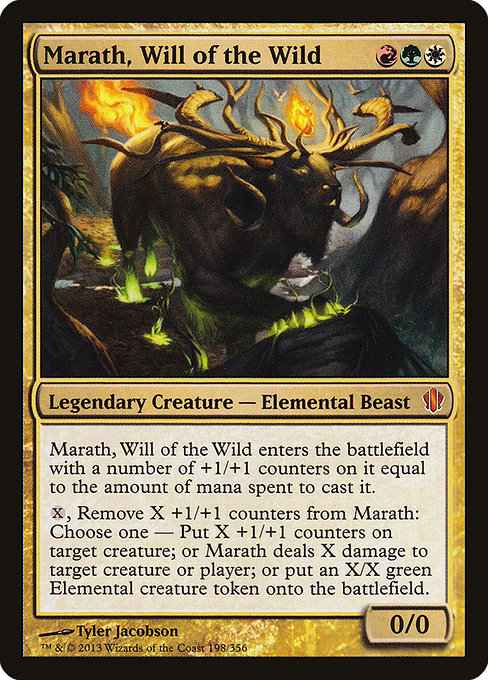
Marath, Will of the Wild
-
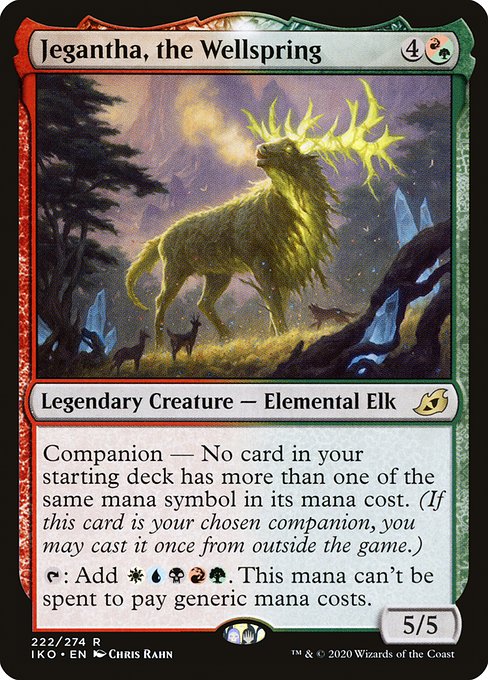
Jegantha, the Wellspring
-

Nature's Lore
-

Search for Tomorrow
-

Path of Ancestry
Gameplay Summary
The game began with a diverse field of commanders, each bringing unique strategies to the table.
Mistform Ultimus led a monoblue tribal deck focused on leveraging its all-creature-type nature to maximize tribal synergies.
Marath, Will of the Wild piloted a green-red deck centered on creature token generation, +1/+1 counter manipulation, and incremental damage or board control through pings.
Kraum, Ludevic's Opus paired with Jeska, Thrice Reborn provided a red-blue aggressive and card-drawing strategy, with Kraum enabling card advantage through opponents casting multiple spells and Jeska dealing heavy damage with triple strike.
Jegantha, the Wellspring commanded a five-color spellslinger deck aiming to chain powerful instant and sorcery spells, enhanced by Thousand-Year Storm to copy spells for explosive turns. Key moments included early mana ramp and land plays that set up the midgame, with players seeking to establish their board presence.
The spellslinger deck sought to assemble Thousand-Year Storm, a critical combo enabler for massive spell copying.
Meanwhile, the tribal and Marath decks worked to develop board states with multiple creatures and counters, threatening incremental damage and board control.
Kraum's ability to draw cards on opponents' second spells each turn helped maintain hand advantage and aggressive tempo.
The game featured tactical interactions around timing and sequencing of spells, as well as managing threats from multiple axes.
The game’s progression highlighted the dynamic tension between board development, spellcasting, and resource management until the players sought to close out via combat damage or combo turns enabled by spell copies and creature buffs.













































